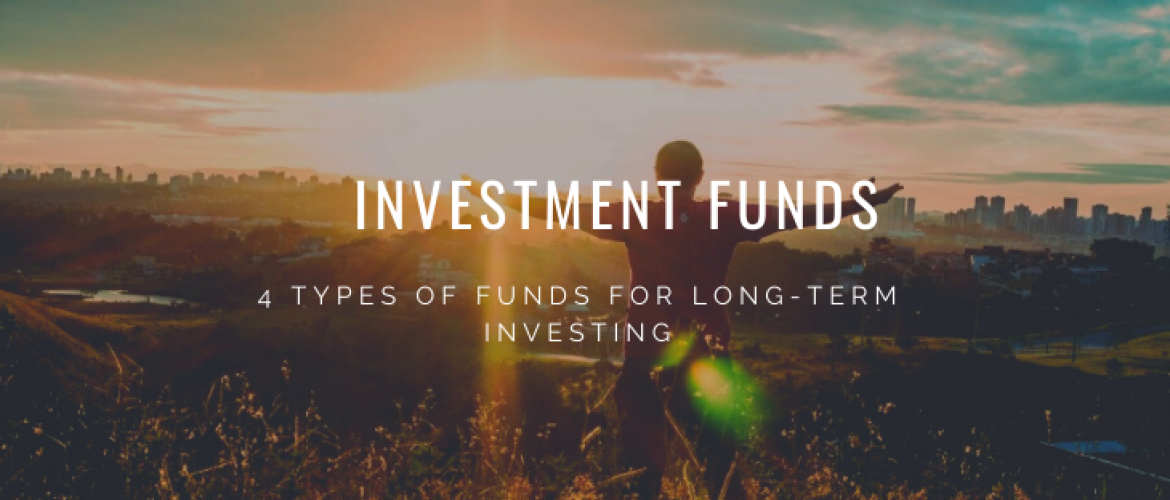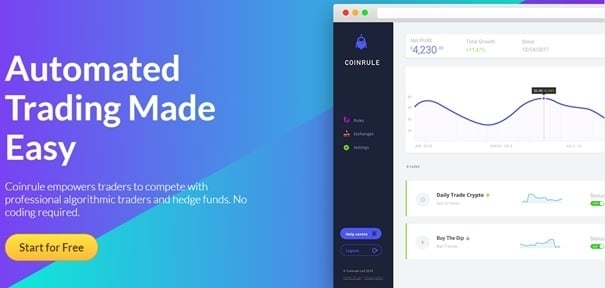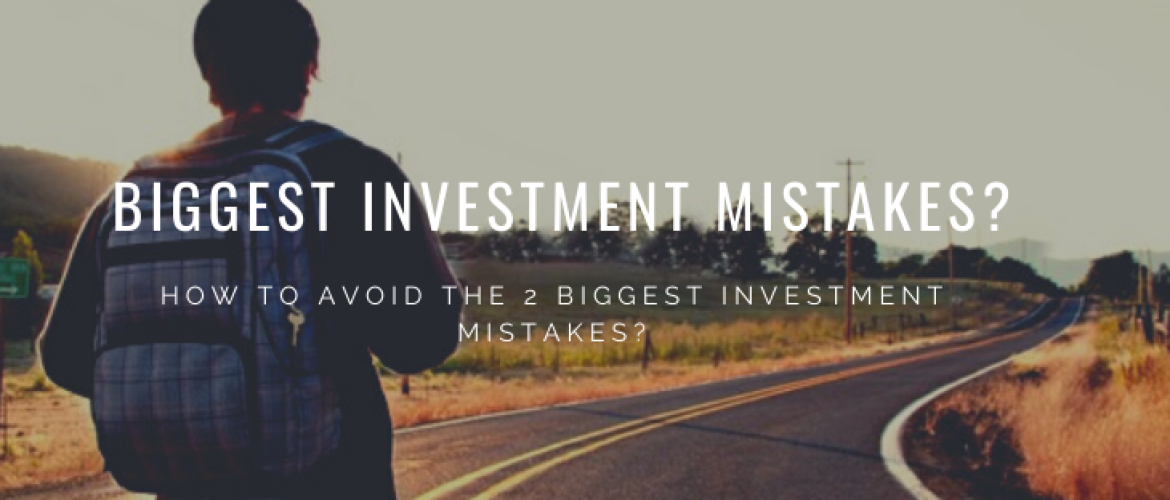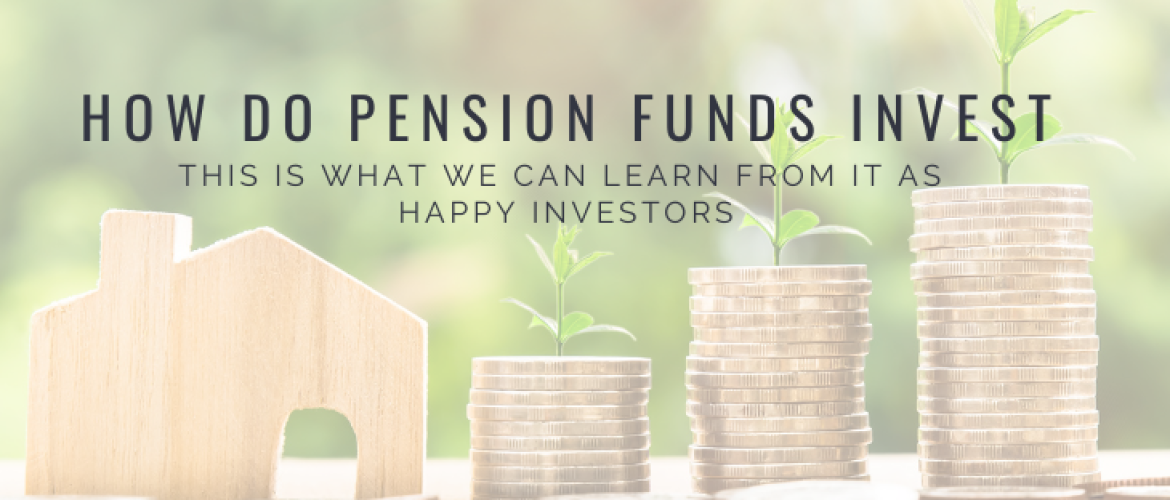Dear Happy Investor, have you ever struggled choosing the type of investment fund? Do you want an equity fund, a target date fund, a hedge fund, actively or passively managed funds, and open-end or closed-end fund? There is an abundance of funds to invest in, so the choice-overload can be problematic. In this article, we try to guide you. We present an overview of investment funds along with their benefits and shortcomings. Since the amount of available investment funds is large, the overview in this article is by no means complete.
Do you have any questions and/or comments? Then feel free to ask them in a comment at the bottom of this article.
Let us begin!
Contents:
What are investment funds? A short explanation
4 different types of investment funds
Types of Investment Funds: Funds based on the underlying assets
Types of Investment Funds: Funds based on the type of management
Types of Investment Funds: Open-end vs. closed-end funds
What are investment funds? A short explanation with pro’s and con’s

An investment fund receives and invests money in a basket of assets on behalf of a group of individual investors. Thus, as an individual investor you buy a piece of the investment fund. An investment fund is controlled by an asset manager, also known as a fund manager. The fund manager invests the money of all the participants together in many different assets (e.g., an equity fund, bond fund or real estate fund).
You can increase the diversification yourself even more by investing simultaneously in multiple investment funds, each focusing on a different strategy, area or asset.
A general advantage of an investment fund is the ability to invest with a relatively small amount in a broad well-diversified selection of investment opportunities, under the supervision of professional management expertise. Another advantage is that it is a passive investment for you. You transfer money once and/or monthly, and the fund manager does the work.
Of course, the shortcoming is that you have no or few influences on the investment decisions or strategies of the fund manager (i.e., he decides which assets should be bought and sold) and you pay a fee to him. On the other hand, this fee is frequently lower than you as an individual investor can achieve.
4 different types of investment funds
There are generally 4 types of investment funds.
1) Mutual fund
If we think of investment funds, then we typically think about mutual funds. These are the most common starting point for individual investors, because they offer a balanced portfolio in a single investment. Essentially, a mutual fund fits the description above of ‘what is an investment fund?’ very well.
An example of a mutual fund is one that contains both stocks and bonds. These are usually larger funds with many positions in both stocks and bonds. Often there is global diversification, but it all depends on the strategy of the fund manager.
2) Exchange-traded fund (ETF)
A variation on the mutual fund is an exchange-traded fund (ETF), also known as a tracker since it tracks an index, sector, or any other asset. ETFs are increasingly popular in financial markets. Introduced in the 1990s, today this asset class accounts for 35% (!) of the volume in U.S. equity markets (Bend-David et al., 2018). They differ from a traditional mutual fund because they are traded on stock exchanges (hence, their name) like normal stocks. Consequently, ETFs can be bought and sold at any point during the trading day, they are liquid and more cost-effective than a mutual fund.
You can buy the best ETF’s commission-free at eToro via this link
3) Target-date funds
A recent new twist on mutual funds and ETFs is the so-called target date fund. A target date fund is a mutual fund or ETF that periodically rebalances the underlying assets to optimize risks and returns for a predetermined future date (hence, their name) such as retirement or kid’s college tuition. These funds are appealing because the investor invests once and then the product goes on ‘autopilot’ by shifting automatically to a more conservative profile to minimize risks when the target date approaches. Target-date funds come in extremely handy for long-term investors.
4) Hedge funds
A hedge fund is distinct from mutual funds, ETFs or target date funds and less suitable for individual (retail) investors. Hedge funds are typically (very) actively managed, leading to high fees, and employ a wide range of advanced investment strategies, leading possibly too high risks. For example, hedge funds also invest in derivatives (e.g., options) and futures, as well as using leverage and short selling.
Happy Investors Recommendation: Higher Return and Lower Risk? Tip: Asymmetrical Investing!
What if you could get higher stock returns while having less risk. Sounds too good to be true? It’s not if you know how to start with asymmetric investing. These are investments where the potential gain is greater than the potential loss. The only way for asymmetric investing is if you have a lot of knowledge and experience. This is for advanced professionals and is also used in the largest mutual funds with a minimum deposit of millions.
I’m not an expert in asymmetric investing, but I do know a very good party named Capitalist Exploits which I highly recommend. I’ve joined their Membership one year ago and it brings a lot of value for unique investment opportunities with commodities. I’m talking about +300% gains on Uranium, Copper, Agriculture, and 60+ buying opportunities. The Membership brought me a significant return on investment! These are true professionals. In addition, they also have a free newsletter where they share masterful tips and research on asymmetric investing with us once a week.
Want more information? read my full Capitalist Exploits Review and Experiences
Types of Investment Funds: Funds based on the underlying assets

The four fund types come in many categories when studying the underlying assets, underlying area, or underlying investment approach. There is a fund for nearly every type of investor or approach you can think of.
Investment funds in equity and fixed income
Arguably the two largest and most well-known investment funds are based on equity or fixed-income (bonds) or on a mix of both. With an equity fund you invest in stocks of many multiple firms. Frequently, each fund has its own specialism: for example, to invest in firms from a continent, market (i.e., emerging or developed), or sector (i.e., industry). With a fixed-income fund you invest in government or corporate bonds, or a mix of these. By buying bonds, the fund lends money to governments or corporations and receives interest, which is accordingly paid to you as investor.
Fixed-income funds are a relatively safe investment, but they have lower yields than equity funds. It is also wise to construct a portfolio yourself by buying both fixed-income funds and equity funds. A decent rule of thumb is to invest 60% in equity and 40% in bonds.
This type of ratio does give modest returns and is especially suitable for those with a low risk aversion. Suppose you want to aim for a higher return of, say, 7 – 10%, then you will need to put a larger portion into equities (and real estate). Personally, I opt for a higher risk where I stick to my long-term investment strategy. Spread is and remains crucial. Thus, in addition to stocks and real estate, you could also invest in other investments, including P2P Lending, Crowdfunding, dividends and other alternatives.
Commission-free Crypto, Stocks and FOREX Trading with NAGA
Do you want to trade Bitcoin, Crypto, Stocks, and Forex? NAGA is one of the biggest all-in-one crypto brokers where you can buy crypto 100% commission-free. You can also use the AutoCopy to copy the Top Traders of NAGA. In fact, you can even become a Top Trader yourself and earn up to 10.000 dollars a month if you are really good at it. Anyway, this broker is perfect for anyone who wants to trade crypto 100% commission-free. You can set up an account for free and try it out.
Want to know more? Click for more information
Investment funds in real estate and commodity
Another large part of the market is real-estate. With a real estate fund, you invest in office buildings, hotels, shopping malls or other real estate projects. Returns are generated from rents or appreciations of the underlying real estate. Real estate has different risk-return properties than equity and bonds, so they can bring a potentially fruitful diversification.
There are some very good real estate funds, both listed and non-listed. Read more about my experiences with non-listed real estate funds.
Commodities (i.e., energy, livestock, metals) are typically an undervalued asset class, however from a diversification perspective they can be extremely interesting to invest in. For example, gold has attractive properties when you try to offset US dollar currency risks or inflation risks.
Special funds
The rest of the market consists of what we call ‘special funds’ and they encompass everything you can think of. These special funds are less popular than the above categories, nor can you classify them rigorously. For investors seeking specific risk exposures, these special funds are extremely useful – in that case, my advice is to dig in the details of the fund yourself. Here is an overview:
- Sector funds: based on the sector of the underlying firm, such as mining, hydrogen, health, or mortgages.
- Regional funds: based on the region the fund invests, such as continents, global, international only (to avoid the home bias), emerging markets (such as Africa and South America) and developed markets (such as North America).
- Socially responsible fund: based investor beliefs, such as no weapons, no tobacco, no oil and ‘green’ bonds.
- Money-market funds: based on very short-term debt, mostly Treasury bills, providing extremely safe (but low) returns.
- Digital funds: based on the new cryptocurrencies, such as bitcoin and Ethereum.
Let Money Work for You! Starting on the best investment platforms is half the battle
Are you still working hard for your money? Why don’t you consider letting the money work for you! Create passive income and attain financial freedom. Starting on the best investment platforms is half the battle. Do you want to know what the very best investment platforms are? Then click on the blue link to compare the best investment platforms now. Here you can read my independent comparison of the best online brokers for stocks, crypto, and P2P. Save money and choose the best investment platform!
Types of Investment Funds: Funds based on the type of management
Investment funds are either actively managed or passively managed. An actively managed fund has a fund manager that decides whether to invest in firm A or firm B. In general, the goal of these funds is to beat the market and reach outperformance. However, research shows that it might be extremely hard to beat the market – for the interested reader, please see notions about The Efficient Market Hypothesis. As a result, passively managed funds are becoming increasingly popular, also because they are less costly due to the absence of active management.
A passively managed fund has the goal to track an index as close as possible. Hence, a passive fund follows the index based on a fixed investment composition. The investment composition needs to be rebalanced much less than an active fund. For example, only when the asset weights in the composition start to differ too much (based on a predetermined value).
Types of Investment Funds: Open-end vs. closed-end funds
There is a difference in the way the prices – and hence returns and risks – of investment funds are formed. The prices of open-end funds are based on the value of the underlying investments and assets of the fund (i.e., net asset value). Less formal, this is the ‘intrinsic value’ and, consequently, open-end funds are less sensitive to supply and demand effects. Open-end funds do not trade on exchanges. Their prices are determined solely by the net asset value only at the end of each day.
On the other hand, closed-end funds trade on exchanges and, therefore, react to supply and demand effects each moment of the trading day, just like regular stocks. Interestingly, the prices of closed-end funds on the exchange differ generally from their underlying net asset value: closed-end funds trade at a discount compared to the net asset value (this is the closed-end fund puzzle). Closed-end funds often have higher returns than open-end funds, but in a negative market it can be hard to sell your closed-end fund since demand will be low.
References
BEN-DAVID, I., FRANZONI, F. and MOUSSAWI, R. (2018), Do ETFs Increase Volatility?. The Journal of Finance, 73: 2471-2535.1








